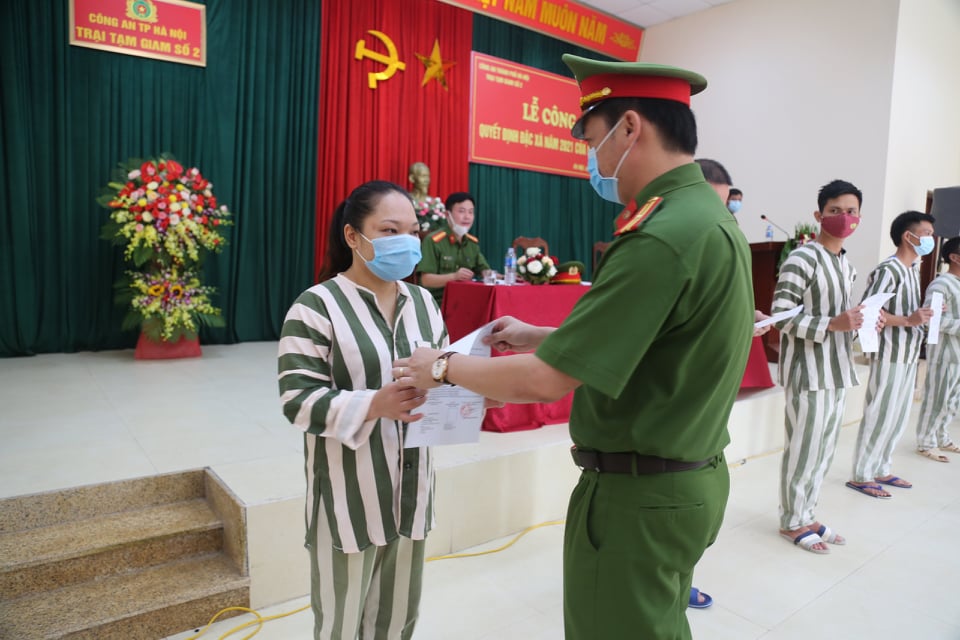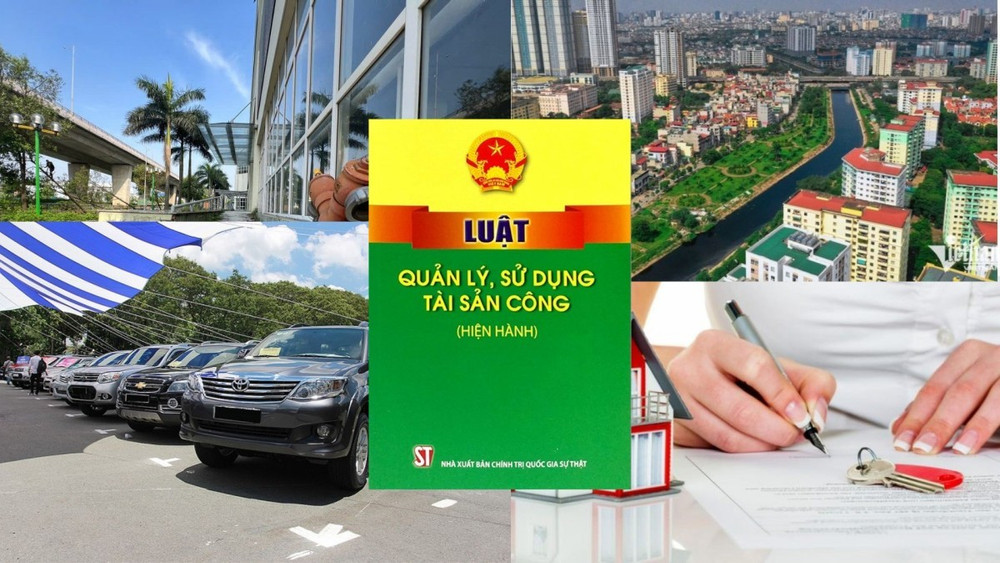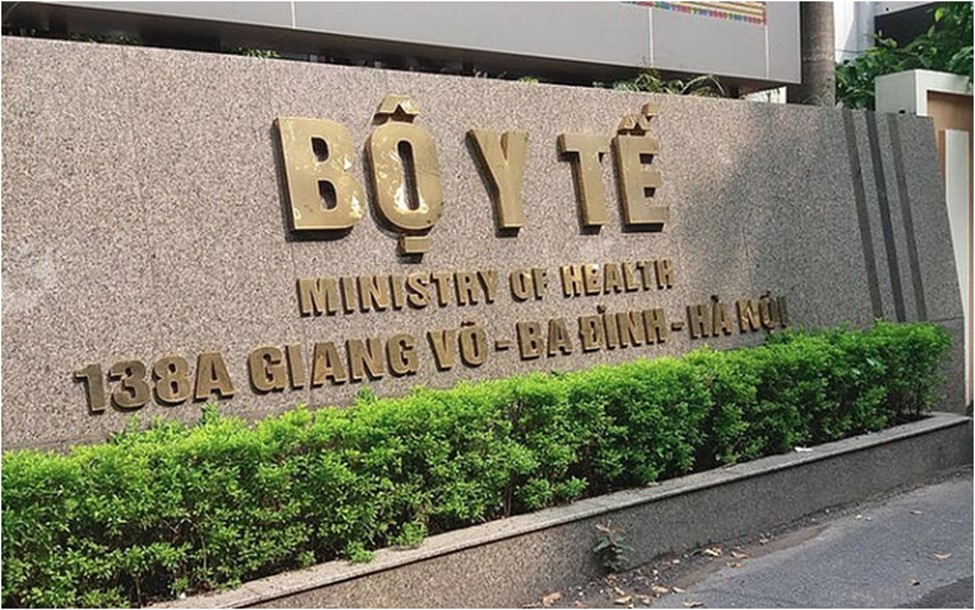Regulations on stopping road traffic vehicles for inspection by traffic police in Vietnam
Below are the regulations on stopping road traffic vehicles for inspection by traffic police in Vietnam.

Regulations on stopping road traffic vehicles for inspection by traffic police in Vietnam (Image from Internet)
1. Regulations on stopping road traffic vehicles for inspection by traffic police in Vietnam
According to Article 12 of Circular 73/2024/TT-BCA, the regulations on stopping road traffic vehicles for inspection by traffic police in Vietnam are as follows:
- Traffic Police officers performing patrol and control duties according to the plan are allowed to stop road traffic vehicles for control as prescribed in Articles 65 and 66 of the Law on Road Traffic Order and Safety 2024.
- The act of stopping and controlling traffic vehicles must ensure the following requirements:
+ Safety, compliance with the law, not obstructing traffic activities;
+ Once a traffic vehicle is stopped, the act of control and violation processing (if any) must be carried out according to the regulations.
- When controlling at a point on the traffic road or at the Traffic Police Station, the requirements stipulated in Clause 2 of Article 6 and Clause 2 of Article 12 of Circular 73/2024/TT-BCA must be ensured along with the following additional requirements:
+ Set up barriers using cone-shaped markers or ropes along the road, lane next to the roadside or sidewalk to form an official operation area as regulated by the Ministry of Public Security regarding democratic practice in ensuring road traffic order and safety. Depending on the actual situation and characteristics of the traffic road, the length of the barrier section should be appropriately implemented to ensure safety;
+ The official operation area must comply with the legal regulations on road traffic order and safety and other related legal regulations. It must have enough space to arrange and install professional technical means and equipment, implement control content, receive citizens, and handle cases. Based on the current situation at the official operation area and the control topic, Traffic Police officers may be arranged to guide and regulate traffic to ensure safety.
- When controlling traffic vehicles on the expressway, requirements stipulated in Clause 2 of Article 6 and Clauses 2 and 3 of Article 12 of Circular 73/2024/TT-BCA must be ensured along with the following additional requirements:
+ Organized control positions at a single point, including: toll station area; beginning of the expressway; end of the expressway, exit of the expressway; on the entrances and exits of the expressway;
+ During patrols and dynamic controls, only stop vehicles in the emergency stopping lane to control and handle violations in cases such as: detecting serious legal traffic order and safety violations that pose an immediate safety hazard; cooperating in crime prevention and fighting; disaster prevention; fire prevention and fighting; rescue and relief; epidemic prevention and control; reports and denunciations about legal violations of people and vehicles currently circulating on the expressway; detecting vehicles stopping or parking improperly on the expressway. After resolving the issue, remove cones, ropes, signs and move immediately;
+ Place signboard 245a “Slow down” or signboard 245b (for external roads) in front of the Traffic Police unit in the direction that the vehicle to be controlled is approaching according to the legal signage regulations.
2. Signal for stopping vehicles by Traffic Police of Vietnam
The signal for stopping vehicles by Traffic Police according to Article 13 of Circular 73/2024/TT-BCA is as follows:
- The stopping signal for vehicles by Traffic Police is executed through one or a combination of the following signals:
+ Traffic control batons, whistles, loudspeakers, priority signals of patrolling vehicles;
+ Other signals as prescribed by law, including: signs, markers, barrier fences.
- The signal to stop vehicles when controlling at a point on the traffic road or at the Traffic Police Station:
+ Traffic Police officers choose an appropriate position, standing firmly facing the vehicle to be controlled, issuing the stop signal from a safe distance; the right hand holds the traffic control baton, raising it and pointing to the vehicle to be controlled, simultaneously blowing a whistle decisively, guiding the vehicle operator to stop in an appropriate, safe position for control;
+ When receiving the signal, the vehicle operator must slow down and stop the vehicle in the position as guided by the Traffic Police.
- The signal to stop vehicles when seated on a patrolling and control vehicle:
+ In cases where the patrolling and control vehicle is moving in the same direction and in front of the vehicle needing control:
Traffic Police officers hold the traffic control baton horizontally to the right or left of the patrolling vehicle (depending on the path or lane the vehicle needing control is moving), then raise it vertically, perpendicular to the ground; using a whistle, loudspeaker, issuing the priority signal of the patrolling vehicle, guiding the operator of the vehicle needing control to stop in a suitable, safe position for control. When receiving the signal, the vehicle operator must slow down and stop in the position as guided by the Traffic Police officers;
+ In cases where the patrolling and control vehicle is moving in the same direction and behind the vehicle needing control:
Traffic Police officers use a loudspeaker, issuing the priority signal of the patrolling vehicle; guiding the vehicle operator to stop in a suitable, safe position for control. If necessary, if safety allows, the patrolling vehicle may pass the vehicle needing control and issue the stopping signal according to the provisions of point a of this clause. When receiving the signal, the vehicle operator must slow down and stop in the position as guided by the Traffic Police officers.
- Key word:
- road traffic
- traffic police
- Vietnam
- Cases of land rent exemption and reduction under the latest regulations in Vietnam
- Economic infrastructure and social infrastructure system in Thu Duc City, Ho Chi Minh City
- Regulations on ordination with foreign elements in religious organizations in Vietnam
- Increase land compensation prices in Vietnam from January 1, 2026
- Determination of land compensation levels for damage during land requisition process in Vietnam
- Who is permitted to purchase social housing according to latest regulations in Vietnam?
-

- Number of deputy directors of departments in Vietnam ...
- 15:04, 05/03/2025
-

- Cases ineligible for pardon in Vietnam in 2025
- 14:43, 05/03/2025
-

- Decree 50/2025 amending Decree 151/2017 on the ...
- 12:00, 05/03/2025
-

- Circular 07/2025 amending Circular 02/2022 on ...
- 11:30, 05/03/2025
-

- Adjustment to the organizational structure of ...
- 10:34, 05/03/2025
-

- Notable new policies of Vietnam effective as of ...
- 16:26, 11/04/2025
-
.Medium.png)
- Notable documents of Vietnam in the previous week ...
- 16:21, 11/04/2025
-
.Medium.png)
- Notable documents of Vietnam in the previous week ...
- 16:11, 02/04/2025
-
.Medium.png)
- Notable new policies of Vietnam to be effective ...
- 16:04, 02/04/2025
-
.Medium.png)
- Notable new policies of Vietnam effective from ...
- 14:51, 21/03/2025

 Article table of contents
Article table of contents
